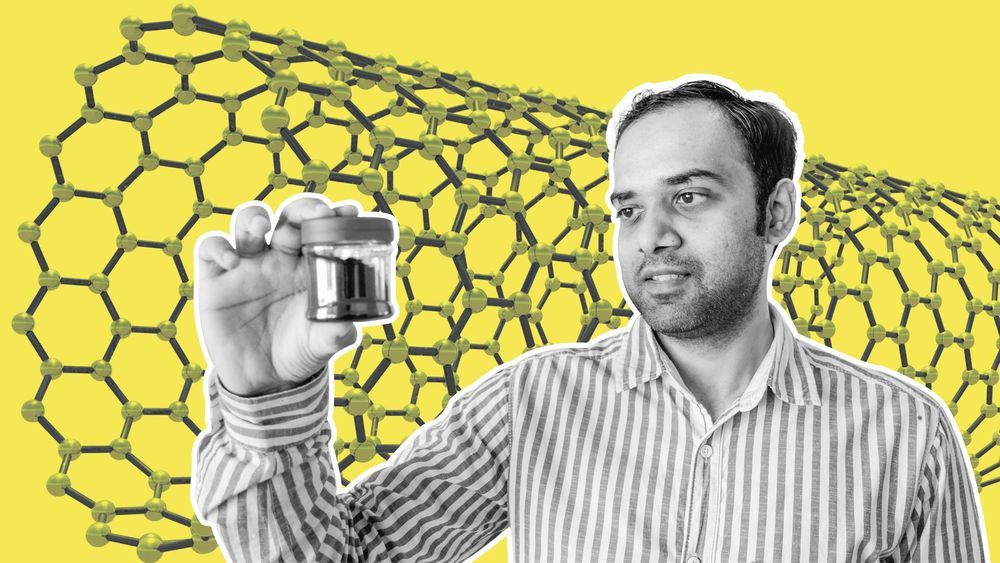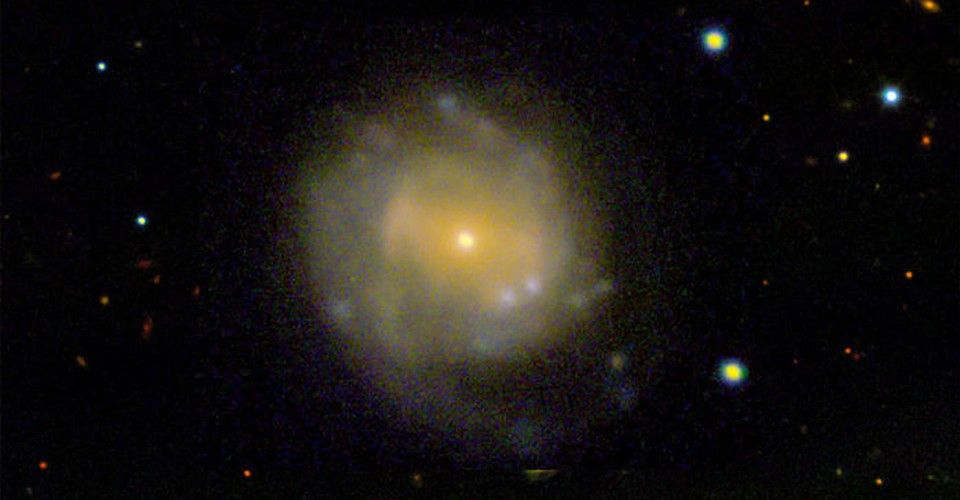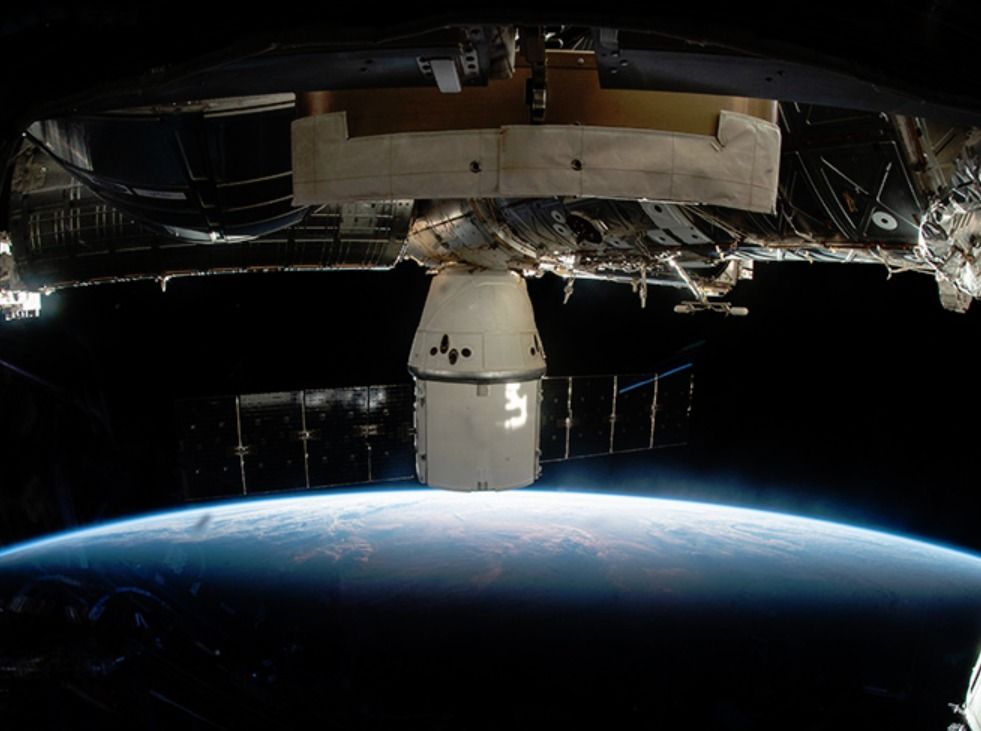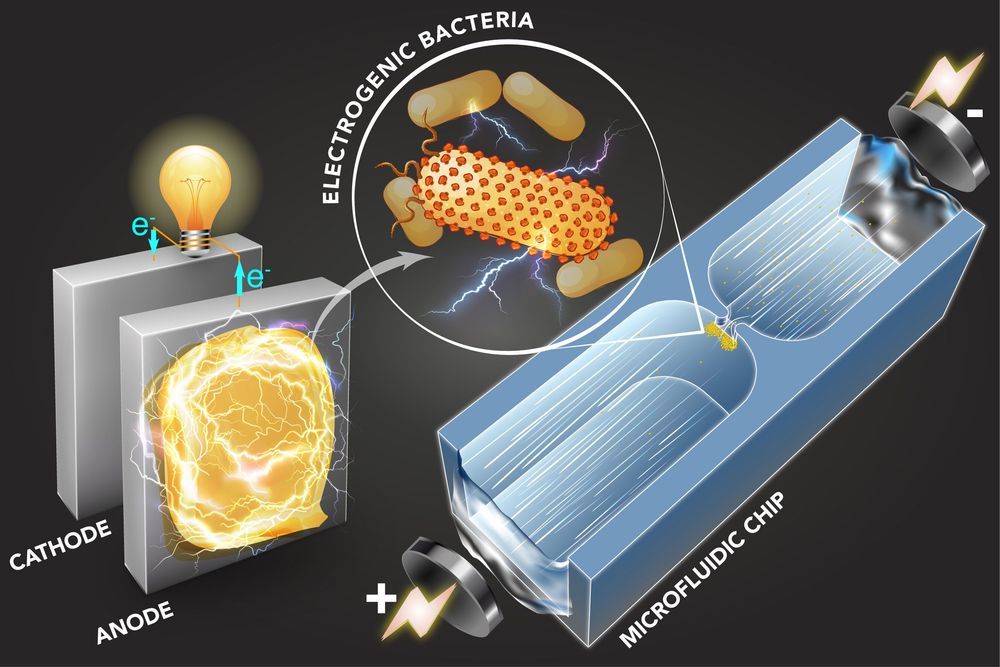Page 9213
Jan 13, 2019
Dark Matter Hunters Are Looking Inside Rocks for New Clues
Posted by Genevieve Klien in categories: cosmology, physics
Dark matter may occasionally interact with minerals in the earth, leaving traces that physicists hope to decipher.
Jan 13, 2019
Nissan Reveals Invisible Tech for a Visible Future at CES
Posted by B.J. Murphy in categories: augmented reality, robotics/AI, transportation
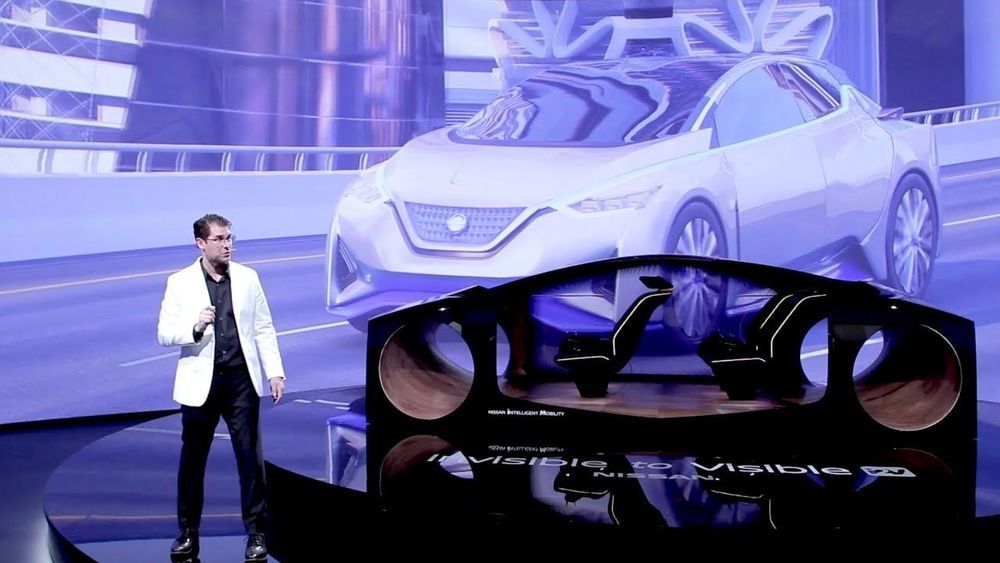
The future is just over the horizon and we’re accelerating towards it. And while the famous Dr. Emmett Brown from Back to the Future once said, “Where we’re going, we don’t need roads,” at this year’s Consumer Electronics Show (CES), Nissan revealed not only the future of road-based transportation but equally your future whip.
Driving in the future will not only be autonomous, but will also seamlessly integrate the virtual world into your physical domain using mixed reality, creating an all-around intelligent, connected, transportation ecosystem.
Continue reading “Nissan Reveals Invisible Tech for a Visible Future at CES” »

Dr. Ian Hale., my friend and occasional collaborator, is a renowned authority on autism and Asperger’s. He has spent a lifetime furthering our understanding of both.
Creating a research database to explore the autism spectrum and better understand neurodiversity. | Check out ‘Fund the Key to Autism’ on Indiegogo.
Jan 13, 2019
NASA furloughs from government shutdown impacting surrounding businesses
Posted by Michael Lance in categories: business, government
Jan 13, 2019
A Bengaluru startup’s small step to Mars could be a big leap for nanomaterials
Posted by Klaus Baldauf in categories: nanotechnology, space travel
Ever since he was a young boy growing up in Bengaluru, the city home to India’s space research organisation, he dreamt of going to space one day. Now he wants to be the first human on Mars.
One would expect him to train to be an astronaut or dismiss the idea altogether. But that’s not how he plans to get to the red planet.
Meet Gadhadar Reddy, a nano-technologist from Bengaluru, who might just get to live his dream someday in the near future thanks to a new material his company is manufacturing.
Jan 13, 2019
Astronomers Glimpse a Luminous Object Born From a Star’s Death
Posted by Genevieve Klien in category: space
Jan 13, 2019
The International Space Station will release its SpaceX cargo ship this weekend
Posted by Genevieve Klien in category: space travel
Both SpaceX and NASA are eager to get the Dragon cargo spacecraft back to Earth now that it has fulfilled its duties in bringing much-needed supplies to the crew aboard the International Space Station. The ship was originally expected to be released from the ISS earlier this week but plans have since changed, and NASA now expects the space station to bid farewell to the Dragon on Sunday afternoon instead.
Prior to this latest change, the most recent schedule would have seen the ISS release the Dragon on Sunday morning, but now NASA says it wants to release it later due to some weather quirks back on Earth.
Jan 13, 2019
DARPA Thinks Insect Brains Might Hold the Secret to Next-Gen AI
Posted by John Gallagher in category: robotics/AI
They’re small, efficient and capable of basic reasoning, and researchers want artificial intelligence tools to do the same.
Jan 13, 2019
Technique identifies electricity-producing bacteria
Posted by Shane Hinshaw in category: biological
Living in extreme conditions requires creative adaptations. For certain species of bacteria that exist in oxygen-deprived environments, this means finding a way to breathe that doesn’t involve oxygen. These hardy microbes, which can be found deep within mines, at the bottom of lakes, and even in the human gut, have evolved a unique form of breathing that involves excreting and pumping out electrons. In other words, these microbes can actually produce electricity.
Scientists and engineers are exploring ways to harness these microbial power plants to run fuel cells and purify sewage water, among other uses. But pinning down a microbe’s electrical properties has been a challenge: The cells are much smaller than mammalian cells and extremely difficult to grow in laboratory conditions.
Now MIT engineers have developed a microfluidic technique that can quickly process small samples of bacteria and gauge a specific property that’s highly correlated with bacteria’s ability to produce electricity. They say that this property, known as polarizability, can be used to assess a bacteria’s electrochemical activity in a safer, more efficient manner compared to current techniques.
Continue reading “Technique identifies electricity-producing bacteria” »



